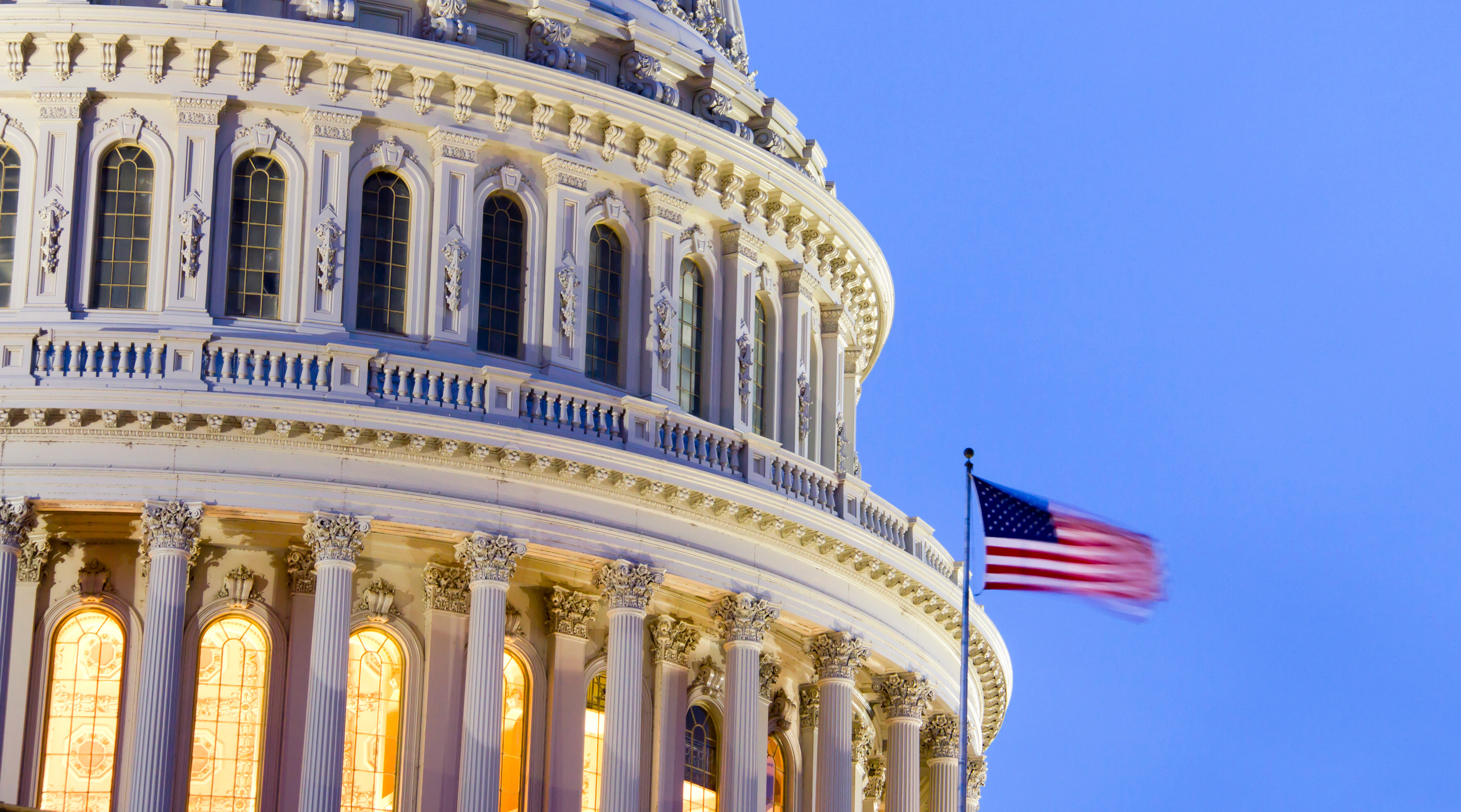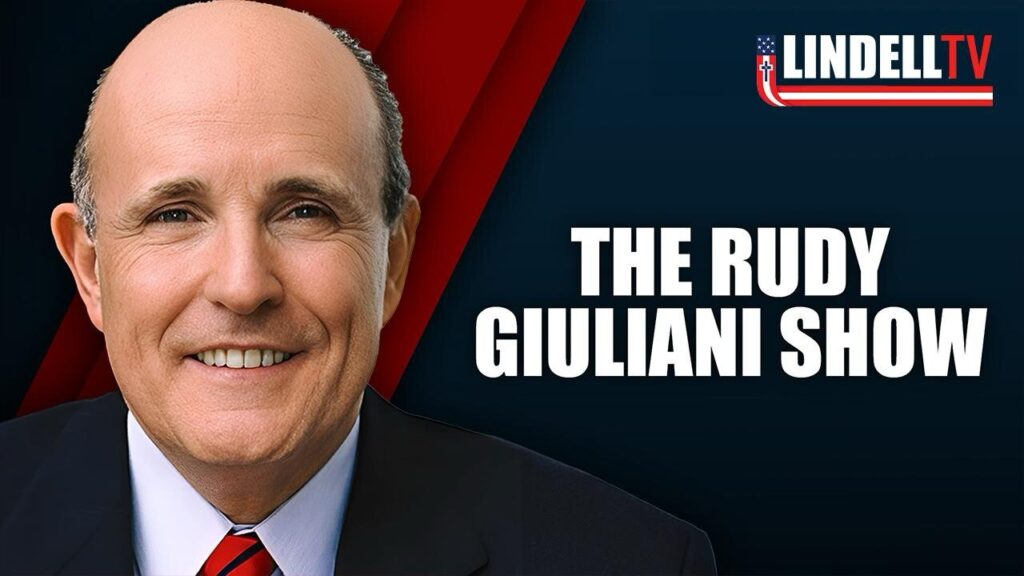
President Trump signs Epstein Files Transparency Act: when can we expect names?
By Easton Martin | November 20, 2025
President Trump has officially signed the Epstein Files Transparency Act into law, triggering a 30 day countdown for the Justice Department to release a large collection of materials tied to Jeffrey Epstein and Ghislaine Maxwell. The legislation instructs the DOJ to publish all unclassified records in a searchable and downloadable format, and it prohibits withholding information for reasons related to embarrassment or political sensitivity.
The law requires the department to release investigative files, flight and travel records, internal communications, plea agreements, and documents surrounding Epstein’s death in federal custody. The DOJ is allowed to make limited redactions, but only for items that would compromise ongoing investigations, expose victims, or involve classified material. Within fifteen days after the release, the department must send Congress a report explaining every redaction and every withheld document. It must also provide a list of government officials and politically exposed individuals who appear in the materials.
The clock started the moment the president signed the bill, which places the estimated public release date around December 19. Although the deadline is written into law, the size of the archive and the required preparation work introduce uncertainty about whether the DOJ will meet it without delay. Observers expect significant public pressure if the department seeks additional time or produces documents that appear heavily redacted.
One of the central questions is how revealing the files will actually be. The statute makes clear that names referenced in unclassified materials must be released. At the same time, legal experts note that some files could remain off limits if they fall under ongoing investigative activity or if courts have previously sealed them for separate reasons. The final outcome will likely depend on how narrowly the DOJ interprets the exceptions and how aggressively Congress responds if the public release appears incomplete.




























